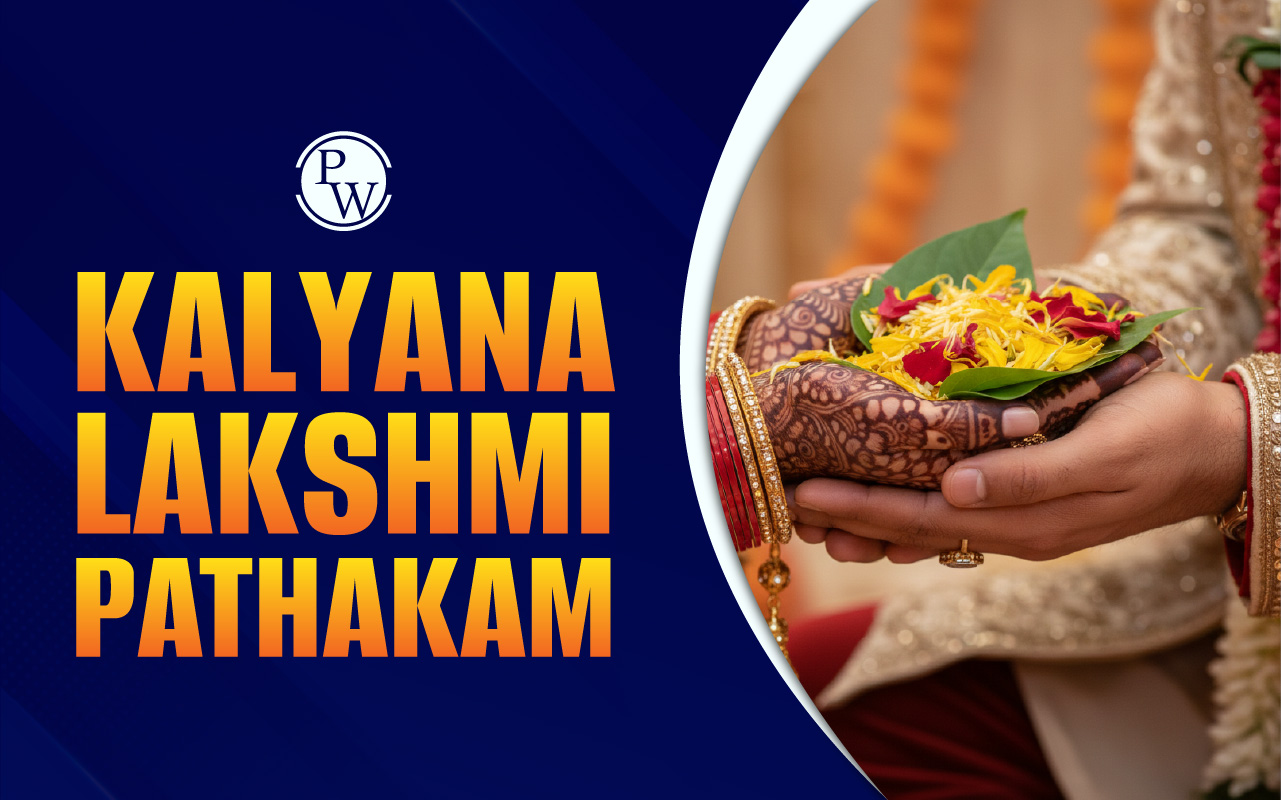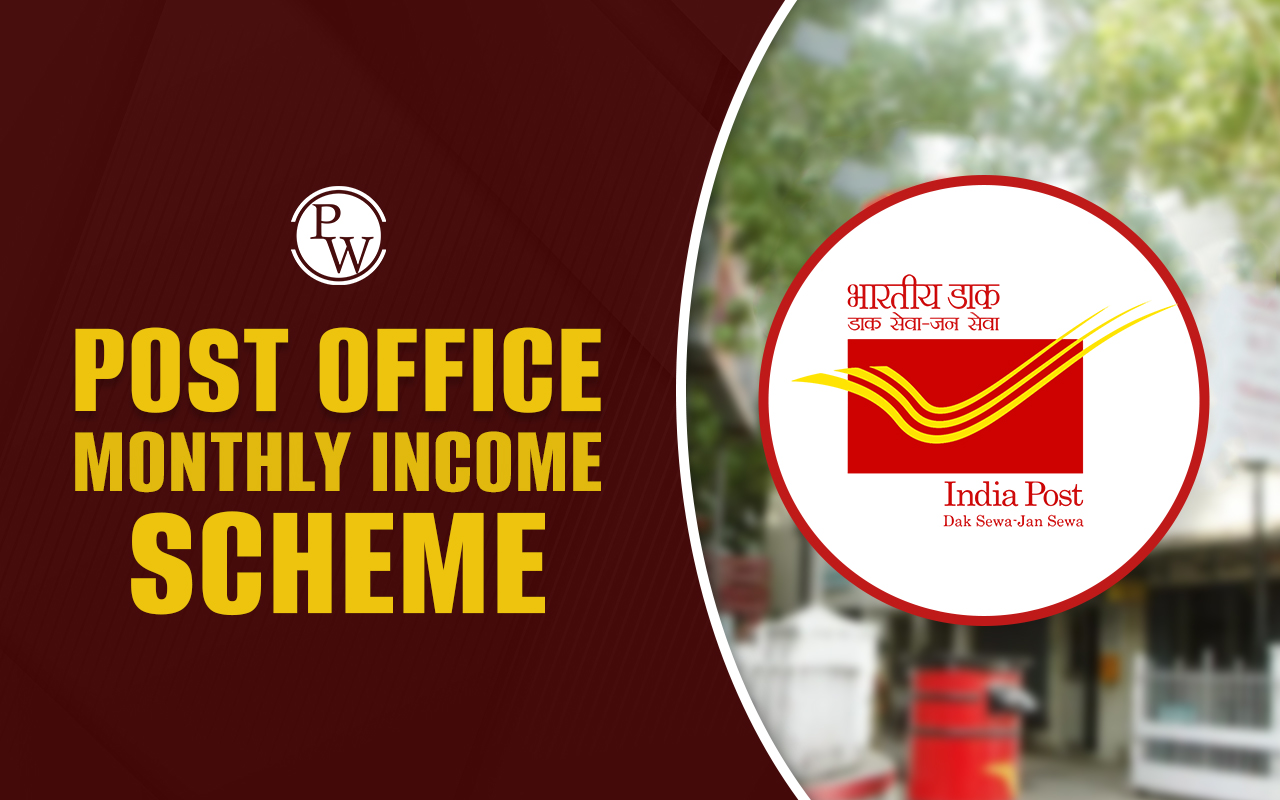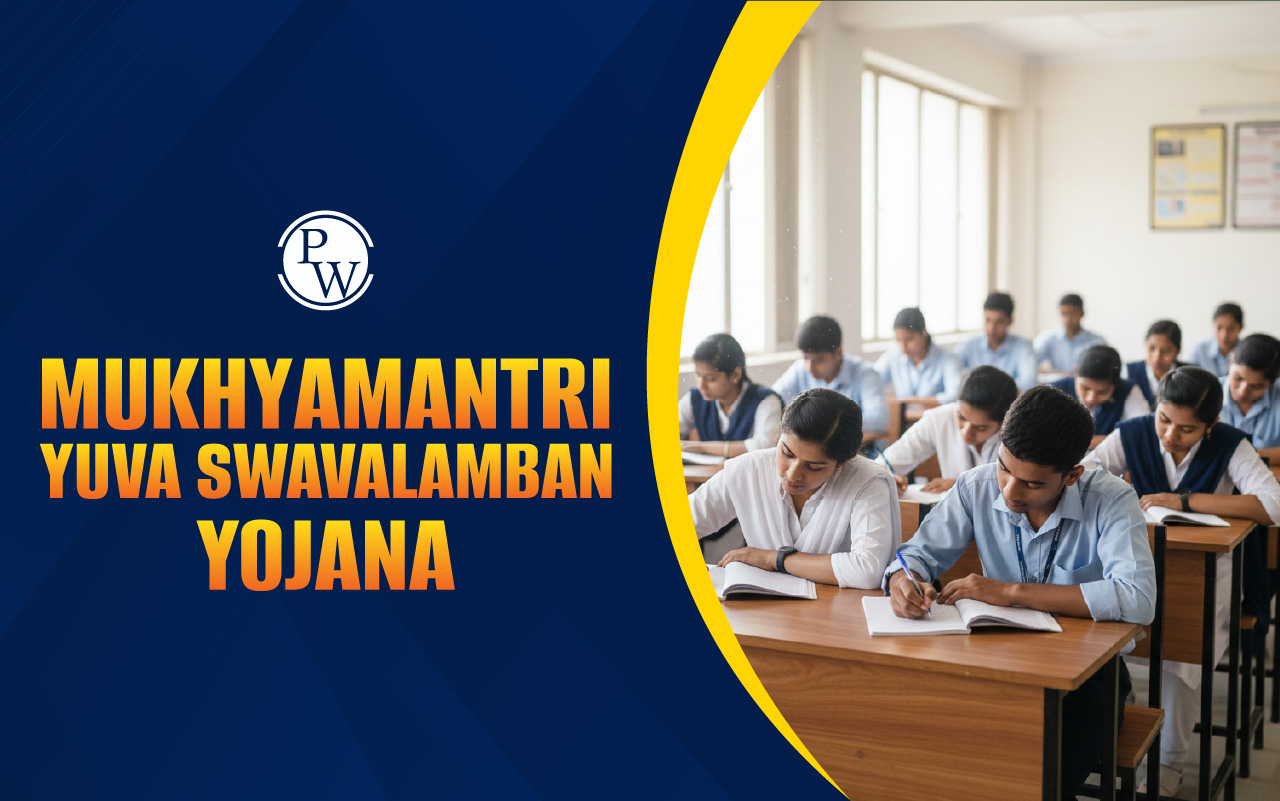
Timeline of Indian Independence: The struggle for India’s independence was a long and determined movement lasting over two centuries. It was marked by revolts, mass movements, political protests, and sacrifices made by freedom fighters. From the early resistance against British rule to achieving freedom on August 15, 1947, the legacy of the freedom struggle continues to inspire every Indian.
Timeline of Indian Independence
Indians had been reeling under the tortures of colonial rule for centuries. The first real spark of independence from foreign rule came with the ‘Revolt of 1857’, as claimed by historians. The timeline of Indian independence can be summarized as follows:
|
Timeline of Indian Independence |
|
|
Year |
Event |
|
1857 |
‘Revolt of 1857’, First war of independence |
|
1885 |
Formation of the Indian National Congress (INC) and its first session in Bombay |
|
1905 |
The partition of Bengal by Lord Curzon and the subsequent launch of the Swadeshi Movement against the partition. |
|
1909 |
Morley-Minto Reforms and Introduction of Separate Electorate for Muslims |
|
1916 |
Launch of Home Rule League by Tilak and Annie Besant |
|
1919 |
Monatgue-Chelmsford Refroms, Jallianwala Bagh massacre (turning point in India’s independence movement) |
|
1920-22 |
Launch of the Non-Cooperation Movement by Mahatma Gandhi and its cancellation due to the Chauri Chaura incident. |
|
1925 |
Kakori Conspiracy |
|
1927 |
Simon Commission and the protest against its arrival in India |
|
1928 |
Nehru Report by Motilal Nehru |
|
1929 |
Purna Swaraj Declaration by Jawaharlal Nehru at the INC’s Lahore Session |
|
1930 |
Civil Disobedience Movement and Dandi March |
|
1935 |
Government of India Act (became the basis of independent India’s constitution) |
|
1940 |
Linlithgow’s August Offer |
|
1942 |
Launch of the Quit India Movement with the slogan ‘Do or Die’ |
|
1945 |
Wavell Plan and Shimla Conference |
|
1946 |
First Meeting of the Constituent Assembly |
|
1947, June |
Mountbatten Plan |
|
August 14, 1947 |
Partition of India and Pakistan |
|
August 15, 1947 |
India achieved freedom from British rule |
Important Leaders of Independence Movement
During the course of India’s freedom struggle, several important leaders emerged against the might of the British forces. From Mahatma Gandhi to Sarojini Naidu, these leaders shaped the course of the freedom movement in their way:
- Mahatma Gandhi: Epitome and Inventor of non-violent protests against the British and mass mobilization
- Jawaharlal Nehru: Became the first Prime Minister of independent India and was a key architect of modern India’s democratic setup.
- Subhash Chandra Bose: A charismatic leader who vowed to overthrow the foreign rule by use of arms.
- Bhagat Singh: Laid down his life for the cause of the nation.
- Sarojini Naidu: Prominent freedom fighter and a key architect of women’s rights in India.
- Dr. B.R. Ambedkar: Architect of the Indian Constitution.
- Sardar Vallabhbhai Patel: Iron Man of India. Instrumental in integrating the 500 princely states into India after independence.
- Chandra Shekhar Azad: A revolutionary and associate of Bhagat Singh and a major figure of the Hindustan Socialist Republican Association (HSRA).
- Bal Gangadhar Tilak: ‘Father of Indian Unrest’. He was the first to advocate ‘self-rule’ or Swaraj for Indians.
Significance of India’s Independence
India achieved freedom from foreign rule after almost two centuries of resistance and struggle. It provided the Indians with an identity far way from the shadows of the Britishers. The independence allowed Indians to embark on a journey of self-governance and democratic nation-building. The Indian Constitution was subsequently adopted in 1950, which established India as a sovereign, socialist, secular, and democratic republic. Despite multiple challenges and issues post-independence, India at present stands as an epitome of democratic values and has made a name for itself in the global order.
Timeline of Indian Independence FAQs
What is the Timeline of Indian Independence?
Why is the Timeline of Indian Independence important for understanding history?
Which major events are part of the Timeline of Indian Independence?
Who were the key leaders mentioned in the Timeline of Indian Independence?
What is the significance of the Timeline of Indian Independence for modern India?

UPSC Coaching








